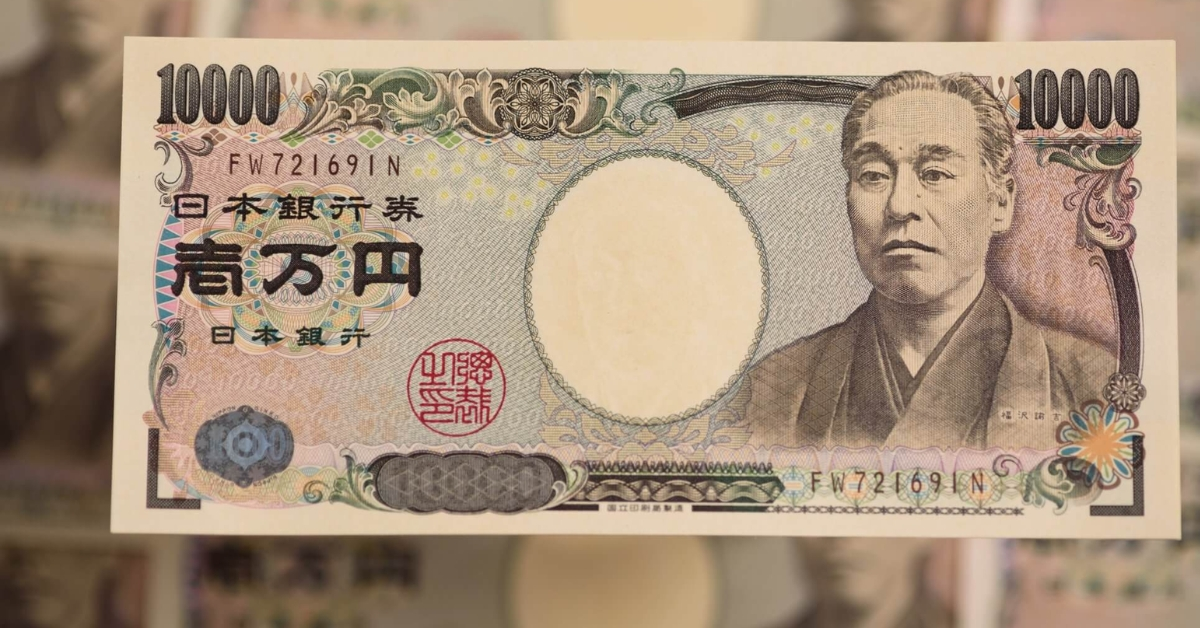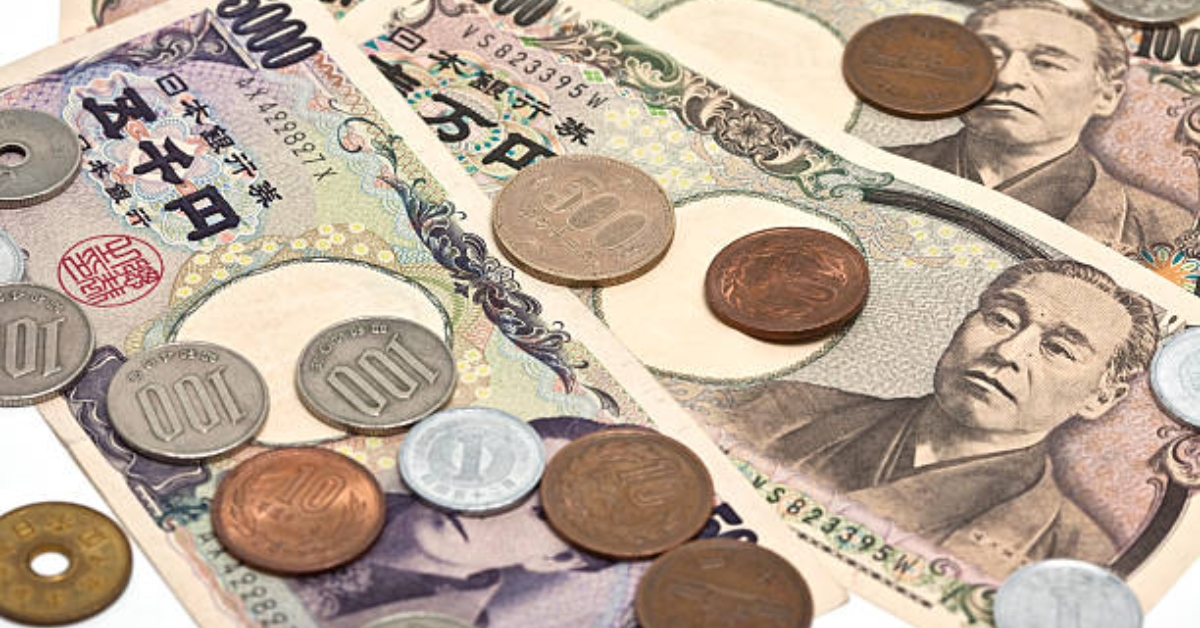Remitforex – The Money Transfer Expert
Remitforex – The Money Transfer Expert




Japan is known for its efficient economy, rich culture, and technological advancements. The Japanese yen (¥) stands as one of the most traded currencies in the world, symbolizing the nation’s economic stability. Unfortunately, with this popularity comes a common risk faced by many major currencies: counterfeiting.
Counterfeit money undermines public trust, impacts the economy, and is a crime in Japan and worldwide. This blog will help you understand how to identify counterfeit Japanese yen, ensuring that your transactions remain safe and secure.
Before diving into the methods of identifying counterfeit Japanese yen, it’s essential to familiarize yourself with the legitimate versions of the currency. The Bank of Japan (BoJ) issues yen banknotes and coins. The yen banknotes are available in denominations of ¥1,000, ¥2,000, ¥5,000, and ¥10,000. Each of these notes is equipped with unique security features that make them difficult to counterfeit.
Japanese yen coins are also available in denominations of ¥1, ¥5, ¥10, ¥50, ¥100, and ¥500, but banknotes are generally more prone to counterfeiting, and hence, they have numerous anti-counterfeit features embedded.
Counterfeiters attempt to replicate yen banknotes by printing fake notes that appear similar to genuine ones. They typically use inferior quality paper, inks, and a lack of advanced technology, making it possible for you to identify the fake currency if you know what to look for.
The Bank of Japan has equipped yen notes with various security features to counter forgery. Understanding these features is key to identifying counterfeit yen. Let’s go through the prominent security features that will help you recognize genuine banknotes:
A watermark is one of the most straightforward ways to verify the authenticity of Japanese yen banknotes.
Higher denomination notes, such as ¥5,000 and ¥10,000, are equipped with a holographic image for additional protection.
Japanese yen notes use intaglio printing, a process where ink is pressed into the paper to create raised areas.
The Bank of Japan uses a special pearl ink on some parts of the banknote, especially on higher denominations.
Latent images are hidden features that are only visible when viewing the note from a specific angle.
Japanese yen banknotes contain tiny texts that are difficult to replicate.
All Japanese yen notes have a security thread embedded vertically through the paper.
Some parts of the Japanese yen banknotes are printed with luminescent ink that glows under ultraviolet (UV) light.
To effectively identify counterfeit yen, it is essential to use a combination of the above security features, as counterfeiters may successfully replicate one or two features, but usually not all of them. Below is a step-by-step guide you can follow to authenticate a Japanese yen banknote:
Step 1: Visual Inspection
Step 2: Feel the Note
Step 3: Use Light to Check the Watermark and Security Thread
Step 4: Tilt the Note
Step 5: Use Magnification and UV Light
Counterfeit yen coins are less common but do still exist. Here’s how you can identify them:
If you suspect that you’ve received counterfeit yen, follow these steps:
When it comes to managing foreign exchange, Unimoni is your trusted partner. With years of expertise in financial services, Unimoni offers a wide range of services, including international money transfers, foreign currency exchange, and travel solutions, which can help you avoid the risks associated with counterfeit currency.
Unimoni provides a reliable and secure platform for currency exchange. When exchanging money at Unimoni, you are guaranteed authentic Japanese yen notes, as Unimoni strictly adheres to guidelines set by regulatory authorities, including the Reserve Bank of India (RBI) and other global bodies. The currency you receive undergoes multiple checks and verifications, ensuring it is genuine and free from any counterfeiting concerns.
If you’re travelling to Japan and need yen for your trip, Unimoni offers competitive exchange rates and provides you with education about currency identification. You can consult Unimoni experts, who will guide you on identifying genuine yen and inform you about the security features to look for in your currency.
When sending money to Japan through Unimoni, you can rest assured that your funds will be handled carefully and reach the recipient securely. Unimoni uses international networks, like SWIFT, to facilitate cross-border payments, ensuring that you and your loved ones don’t have to handle large amounts of physical cash, thus reducing the risk of counterfeit notes.
For travellers, Unimoni offers forex cards that can be loaded with Japanese yen. Forex cards are a safer alternative to carrying physical cash and are accepted at most merchants and ATMs across Japan. Using a forex card can bypass the risk of handling counterfeit yen altogether. Unimoni’s Forex cards are reloadable, easy to use, and come with 24/7 support, providing peace of mind during your travels.
Unimoni offers complete assistance, including assistance for overseas education, educational loans, student accommodation, flight ticket booking, Visa assistance and certificate attestation. We also provide travel insurance and travel and holiday solutions.
With Unimoni’s expertise in currency exchange and international financial services, you can be confident in the authenticity of your yen. Let Unimoni help you have a safe and counterfeit-free experience when dealing with Japanese yen.

